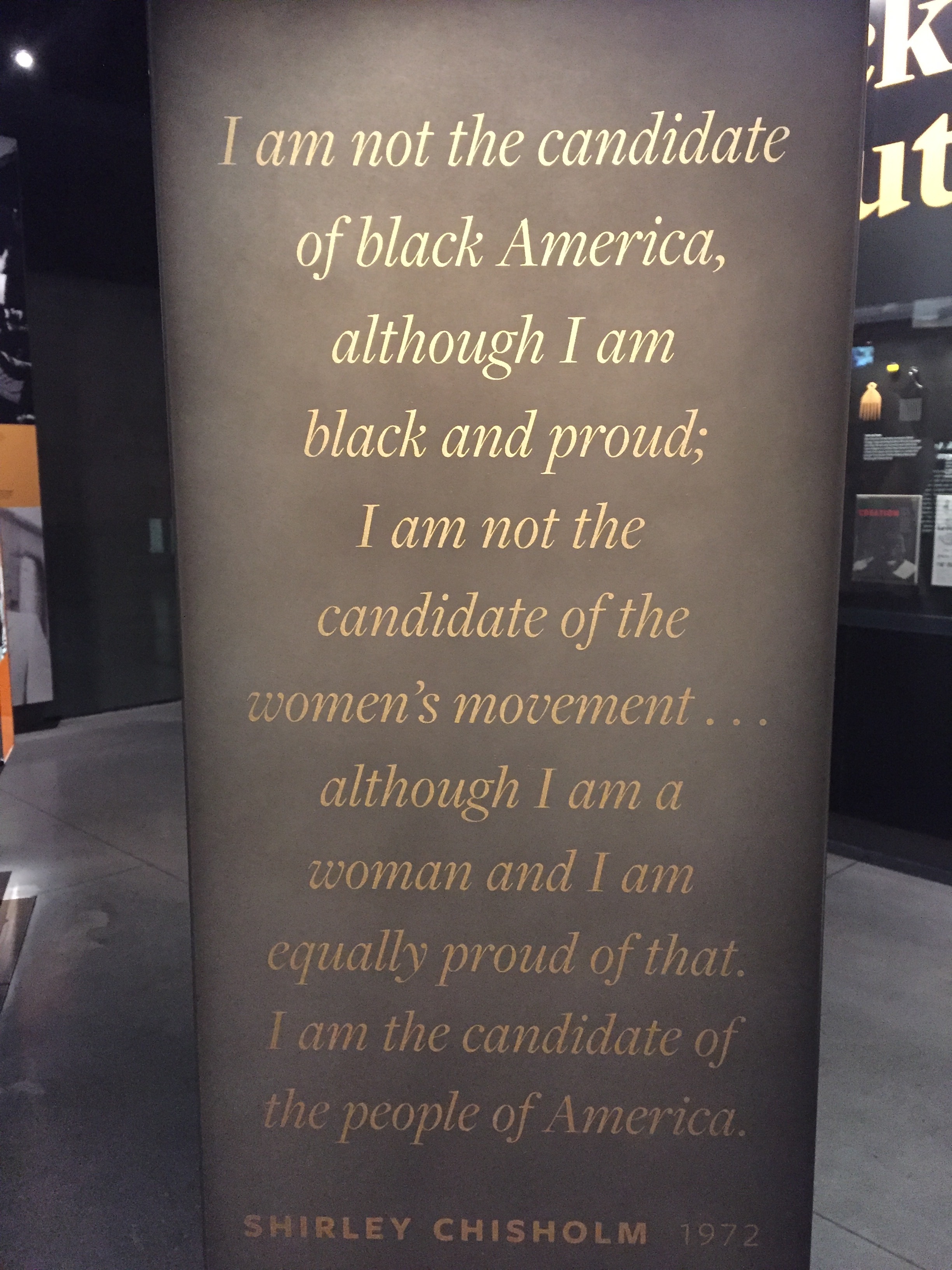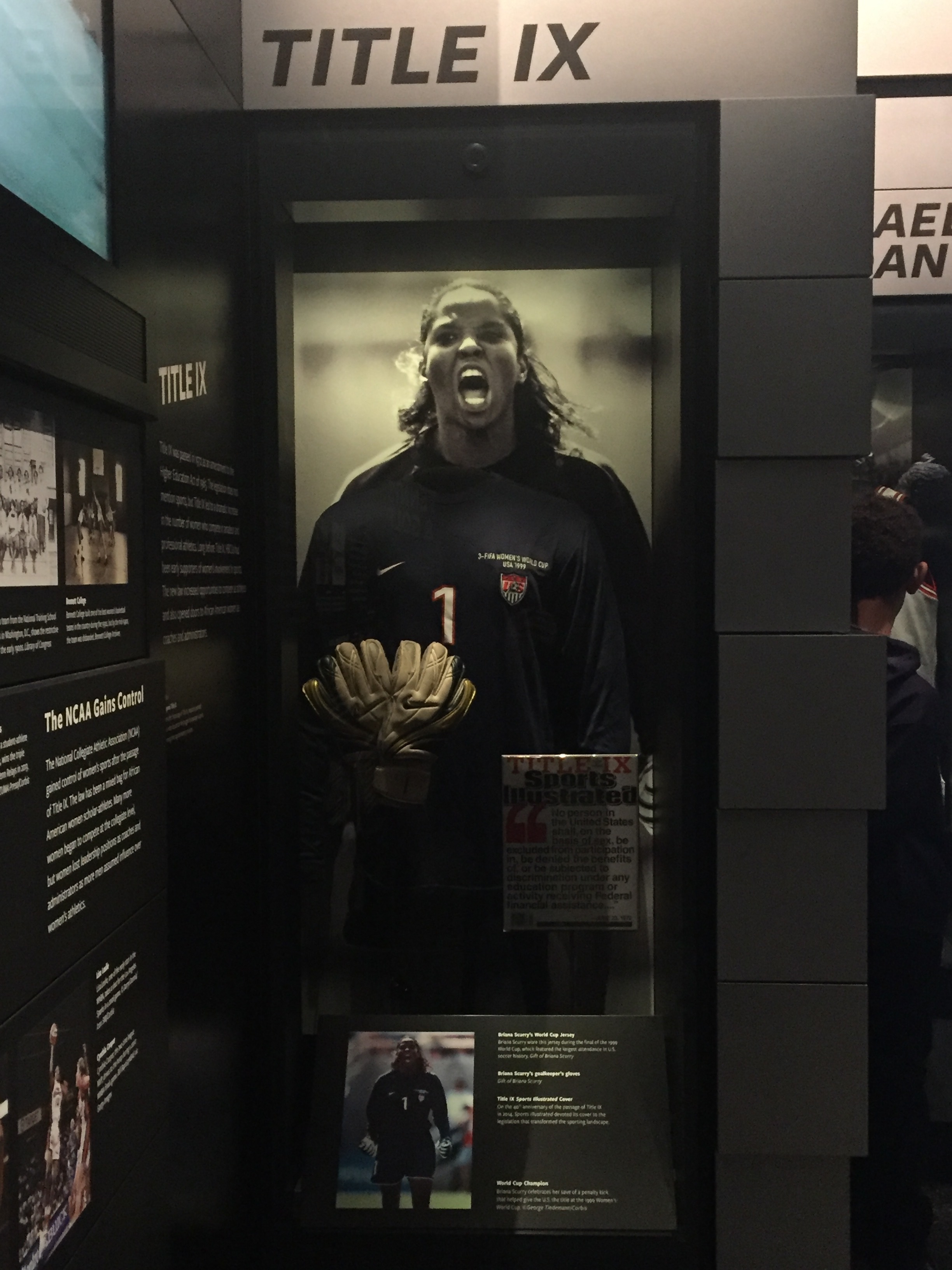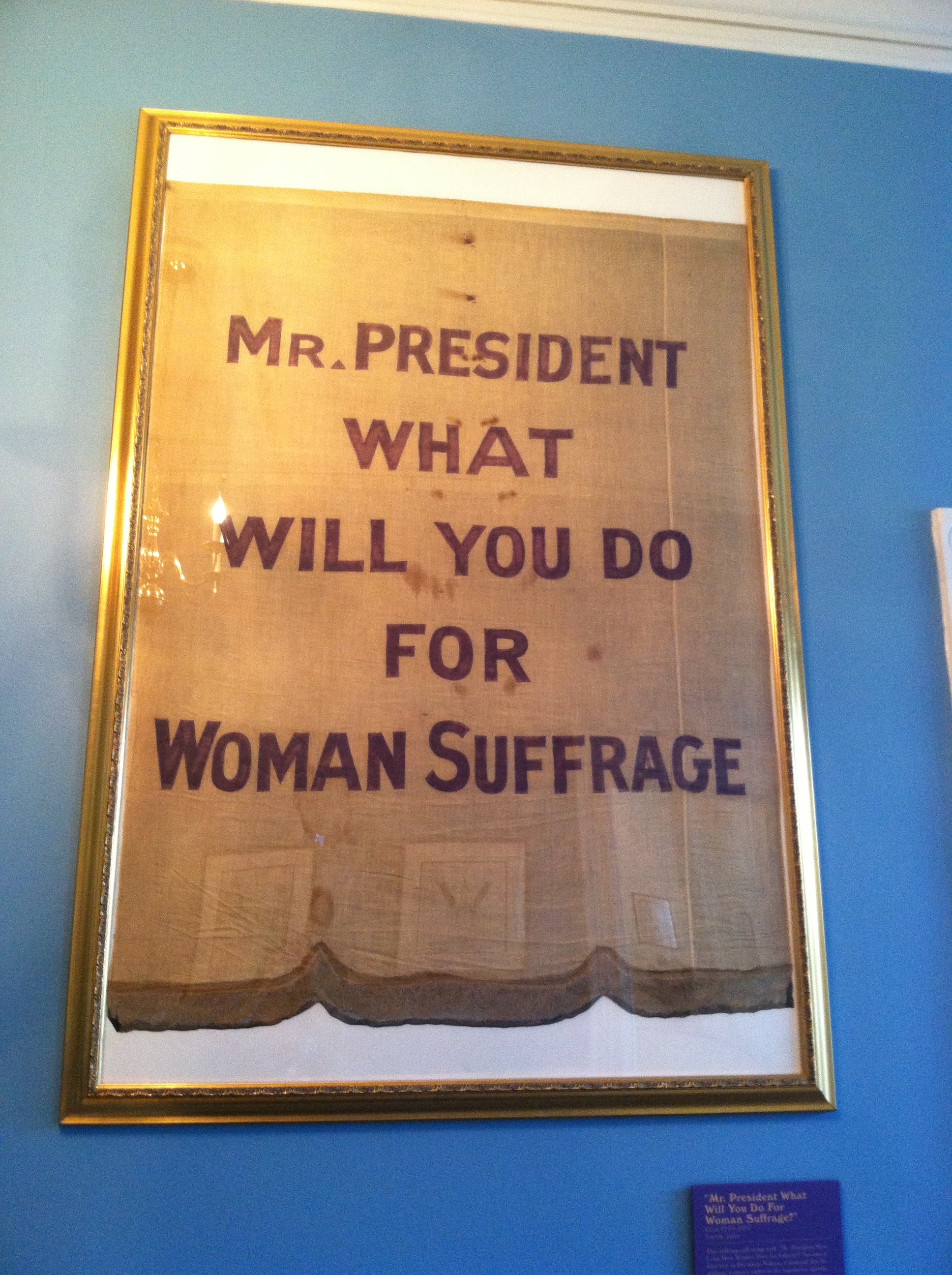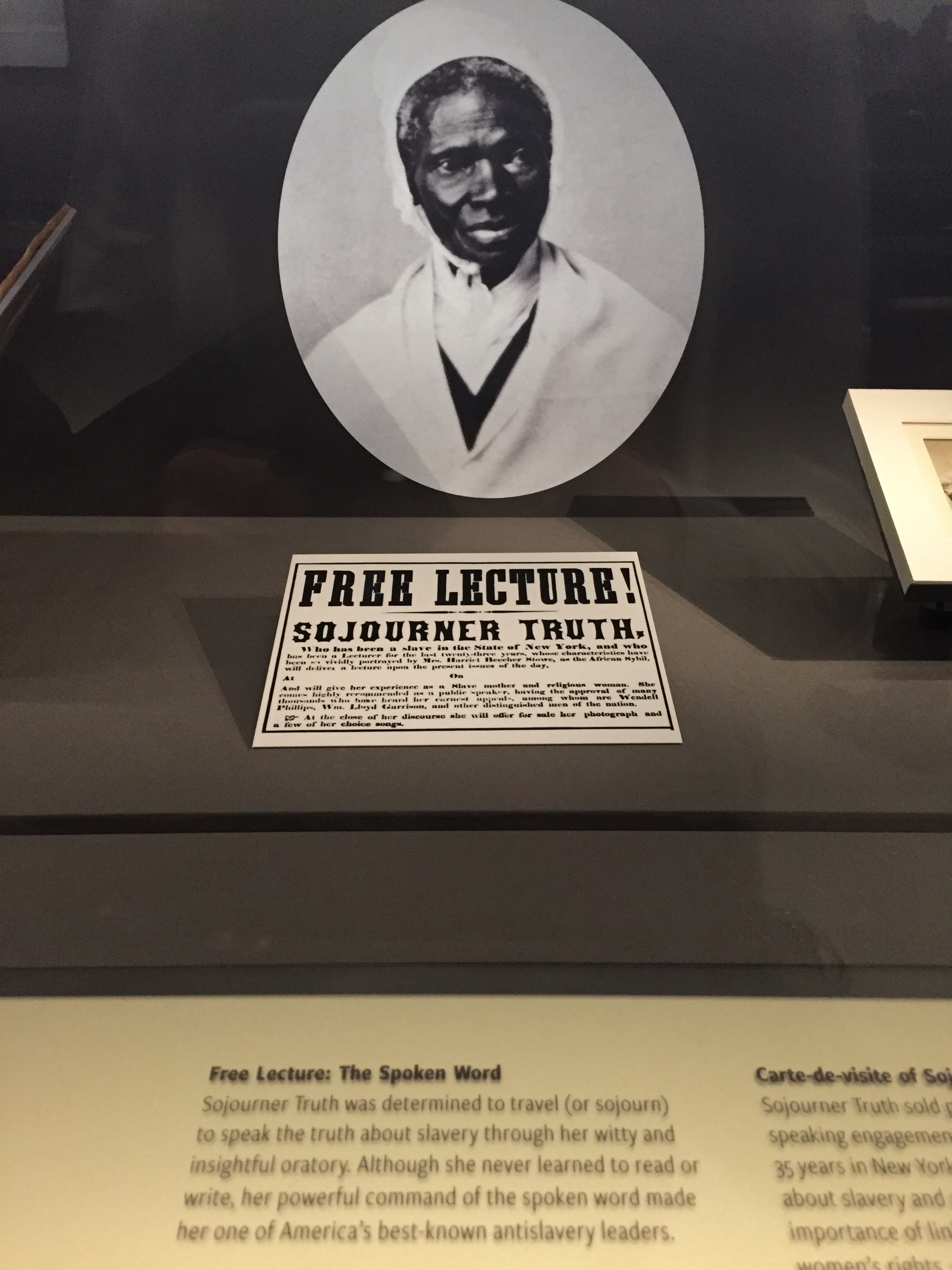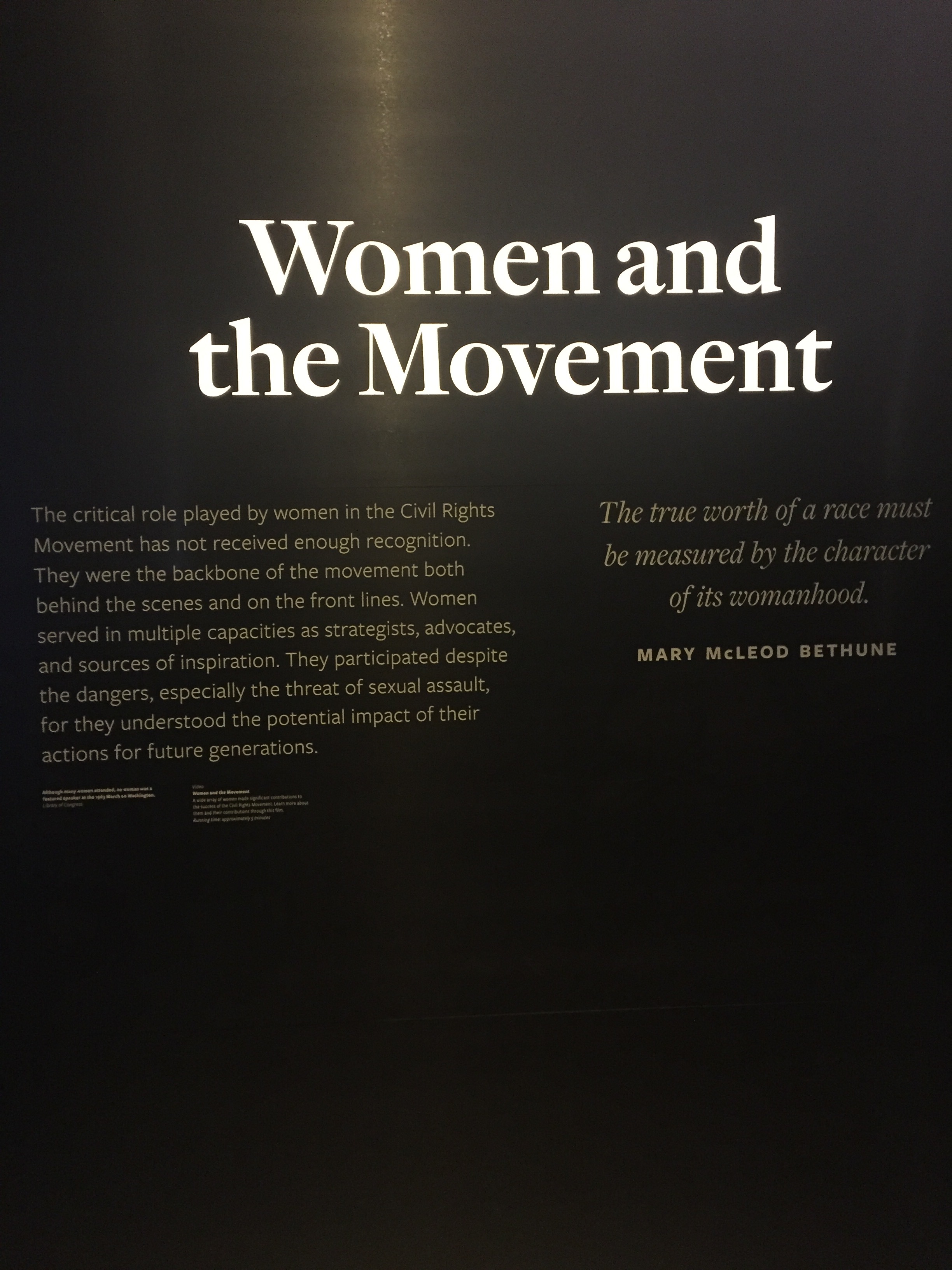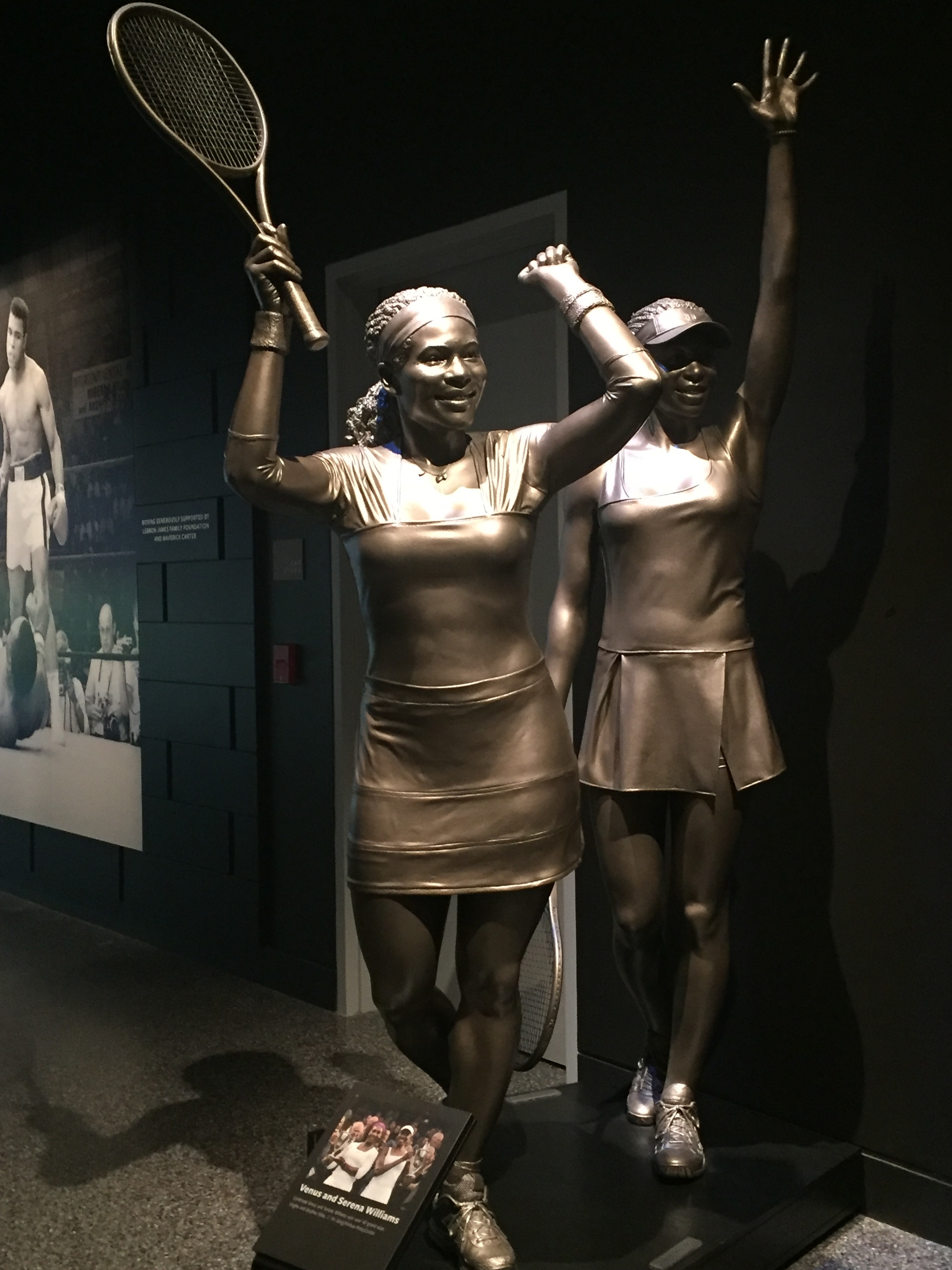Abigail Adams wrote those famous words in 1776, but her charge, sadly, remains relevant today. When you walk around any major city in the United States, what do you see? If you look past the tall buildings, chain restaurants, busy streets, and masses of pedestrians, you’re probably going to stumble upon at least one statue or memorial dedicated to a man, who is--in all likelihood--on horseback. When you read history, whether in a book or in a museum exhibit, who are you reading about, and who wrote it? The typical answer to both of these questions is: a man. So, where are all the women?
Women’s historical contributions and accomplishments are commemorated with monuments, statues and museum exhibits, but at drastically lower rates than men’s. Take, for instance, the National Statuary Hall Collection in the U.S. Capitol Building: of the 200 statues on display, only nine are of a woman. Of those nine, only two depict women of color: Rosa Parks and Sojourner Truth. And of all the protected lands and historic sites in the vast National Park Service system, which boasts 417 parks and monuments, only nine are solely dedicated to women.
Today, women remain dramatically underrepresented, but for a long time, they weren’t seen at all. After it was installed in 1921, the suffragist statue of Susan B. Anthony, Elizabeth Cady Stanton, and Lucretia Mott spent decades hidden from the public’s eye. The day after it was installed, the statue was moved to an underground closet because, according to critics, it was “too big,” “too ugly” and “too heavy” to be displayed on the Capitol Rotunda floor. Women’s advocacy groups and members of Congress lobbied in favor of the statue and, through donations, reinstated it in its original home in 1997, a mere 76 years after the statue was created.
Why bother counting the number of statues and monuments dedicated to women? To put it simply, representation matters. While there is a dearth of public spaces dedicated to women’s accomplishments, there are even fewer depicting contributions by women of color, queer women, and women from other marginalized communities. Statues, monuments, and museums are a direct representation of a society’s values and the worth of its people. Without public knowledge and display of women’s historical contributions and achievements, they become footnotes in a dominant narrative, their value diminished.
Though they may be few and far between, DC is home to several spaces that put women in the spotlight. During Women’s History Month (and every month, for that matter!), treat yourself to a day of playing tourist in our city, by visiting memorials, statues, and museums that showcase women’s contributions and accomplishments. Here are a few suggestions to start your herstory journey:
Museums
The Belmont-Paul Women’s Equality National Monument is the fifth, and final, home of the National Woman’s Party (NWP), an organization led by Alice Paul, which worked tirelessly to advance the women’s suffrage movement. Declared a national monument by President Obama on Women’s Equal Pay Day in 2016, the museum memorializes the NWP and its role in the fight for women’s political equality. Take a tour to see artifacts from the suffragists’ fight for the vote and learn about the NWP’s bold advocacy tactics, including leading hunger strikes in prison, picketing the White House, crossing the country with automobile and speaking tours, marching on Pennsylvania Avenue, and lobbying members of Congress (check out the meticulous notes they kept on each member of Congress they lobbied!). This monument reminds us that, while great strides have been made toward women’s equality, there is still work to be done.
The author at the The Belmont-Paul Women’s Equality National Monument.
While many museums incorporate women’s history into the larger historical context, the Smithsonian’s National Museum of African American History and Culture places a spotlight on women’s contributions in a way often not seen in older museums. One noteworthy exhibit, A Changing America: 1968 and Beyond, highlights the black women, like Shirley Chisholm and Dorothy Pitman Hughes, who played a crucial, but often under-acknowledged, part in the civil rights and feminist movements of the ‘60s and ‘70s. Women are also featured in the museum’s sports and culture spaces, which celebrate groundbreaking athletes like Althea Gibson, Serena and Venus Williams, and musical phenoms like Marian Anderson and The Supremes.
The National Museum of Women in the Arts (NMWA) is a particularly special museum: not only is it the sole art museum in DC dedicated to showcasing the work of female artists, it’s also the “only major museum [in the country] dedicated to championing women through the arts.” The NMWA hosts a variety of events, such as gallery talks, workshops, film screenings, and educator programs, to engage visitors. There is also a library and research center and a glossary of featured artists on the museum website. The museum’s vast collection spans from the Renaissance to modern times, and includes nationally and internationally recognized artists like Georgia O’Keeffe, Frida Kahlo and Louise Bourgeois.
Statues and Memorials
DC’s iconic National Mall is best known for its war memorials, presidential monuments, science and art museums, and green space. Although often overlooked, the statue of Eleanor Roosevelt that appears in the F.D.R. Memorial is an important reminder of her contributions as first lady of the United States, and the first U.S. delegate to the United Nations. Roosevelt was a fierce champion of human rights, and was appointed the first head of the Presidential Commission on the Status of Women in 1961, by President Kennedy.
The Vietnam Women’s Memorial, dedicated in 1993, honors women who served in the armed forces during the war, and the families of wounded and fallen soldiers. The memorial depicts nurses providing care to injured soldiers. The Vietnam Veterans Memorial also pays homage to women’s leadership and artistry, in that it was designed by then 21-year-old student, now world-famous artist and architect, Maya Lin.
Another statue to check out is that of Joan of Arc, located off 16th Street NW in Meridian Hill (Malcolm X) Park. Revered for her bravery during the Hundred Years’ War, Joan of Arc dressed as a man to fight against the British and led French soldiers into battle to liberate the besieged city of Orleans. Captured by the English and burned at the stake, Joan of Arc is remembered as a brave defender of France. In 1920, she was made a saint.
If you think you’ve seen all that the DC area has to offer in the realm of women’s history, think again. Pay a visit to the Mary McLeod Bethune Council House, the Daughters of the American Revolution Museum, the Jane Delano Memorial, the Clara Barton National Historic Site, or the Women’s Memorial at Arlington National Cemetery.
Then, take your feminist journey on the road! Whether you travel north, to the Women’s Rights National Historical Park in Seneca Falls, NY, east, to the Harriet Tubman Underground Railroad National Historical Park in Church Creek, MD, west, to the Comfort Women Statue in San Francisco, CA, or south, to the Rosa Parks Museum in Montgomery, AL, there’s so much more to see. In the words of writer Susan Sontag, “I haven’t been everywhere, but it’s on my list.”
**Please note that the Mary McLeod Bethune Council House and the Clara Barton National Historic Site are currently closed due to rehabilitation projects. They plan to re-open to visitors later in 2018.
Chelsea Fowler is a non-profit researcher with an enthusiasm for women’s history and free museums.


